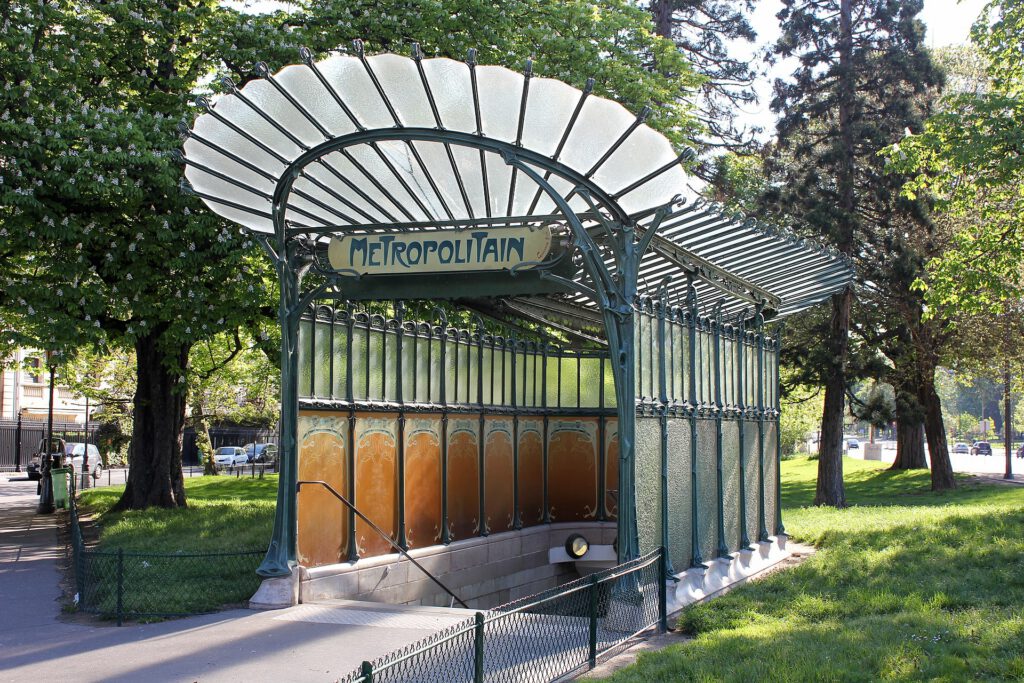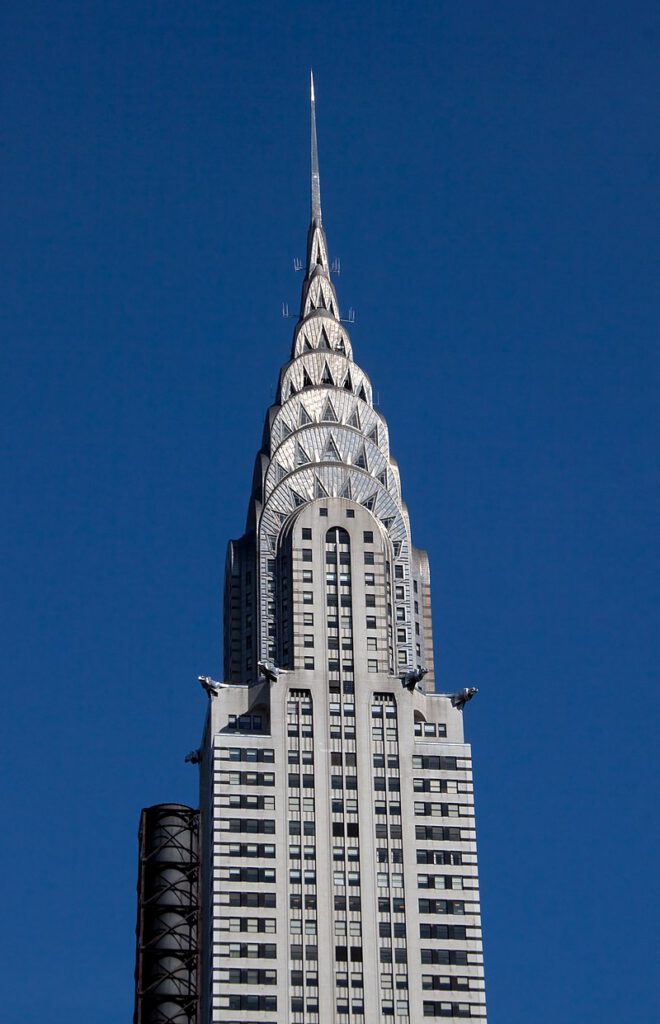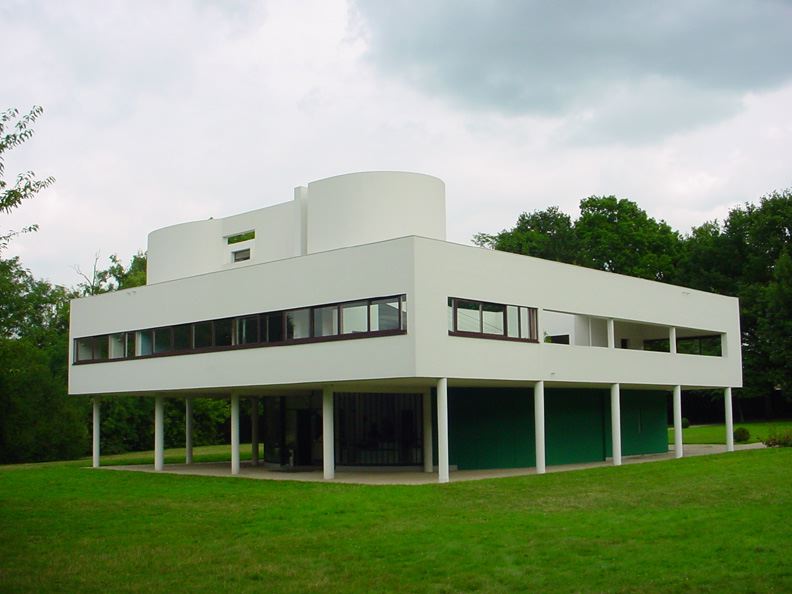No century has seen more changes than the 20th Century. Not least two World Wars brought about major changes in society, culture, and technology. This naturally had an impact on design and architecture. One could consider 20th Century design being centered around Mid-Century Modern, an era ranging from approx. 1930 to 1970. It is difficult to generalize worldwide design into a few distinct and separate eras, but I’ll attempt it nevertheless.
The century kicked off with Victorian and Edwardian design. This was deeply rooted in the 19th Century, very ornamental, often with classicist elements like columns and arches. This was countered by the Art Nouveau style. While ornamental, Art Nouveau favored organic shapes with more natural curves rather than the straight lines of Edwardian design. Probably the most famous example of Art Deco are the Paris Metro entrances. In Germany, Art Nouveau was called Jugendstil.

Art Deco came into being after World War One. To me it is an evolution of Art Nouveau, as it kept many ornamental elements, but now clearly influenced by technology and speed. It evolved into Streamline Moderne, which put an emphasis on horizontal lines with curved corners and less ornaments. While some consider Art Deco and Streamline Moderne to have ended with the beginning of WWII, all it takes is a look at American cars from the second half of the 1950s to see that the influence endured.
The Chrysler Building in New York, completed in 1930, is certainly the most famous example of Art Deco architecture. Miami’s South Beach district is famous for its Art Deco/Streamline Moderne architecture.

On the other side of the Atlantic ocean, the Bauhaus promoted a more reduced style, functional instead of ornamental. This is closely related to the International Style, which also took clear cues from Streamline Moderne, such as the emphasis on horizontal lines and the use of rounded corners. The International Style is an essential ingredient of Modern architecture. It employed new construction methods such as steel skeletons and glass facades. In interior design and furniture, this era is represented by Mid-Century Modern. Furniture is functional instead of ornamental, using (after WWII) new manufacturing methods like bending plywood and plastic injection molding. The use of wood, natural stone, and earth tones contrasts with the often very functional and reduced exteriors of the period, providing warmth.
It’s difficult to pick an example, as this era produced so many iconic building, so I’ll go with an early example: Villa Savoye by Le Corbusier, completed in 1931.

I find it funny that one might say that the reduced look of Bauhaus/Modern design only arrived in car design in the 1970s, with cars becoming more angular, just as new styles were replacing Mid-Century Modern in interior design and architecture. The 1970s, aka the “orange and brown decade”, were more colorful. Postmodern architecture freed itself from the restrictions of the International Style and diverged. A a result, it is impossible to capture contemporary architecture under a single style or nameplate.
Nevertheless, Mid-Century Modern has had a lasting impact. Construction methods and the use of glass facades pioneered in that era are still in use today. For family homes, Mid-Century Modern promoted the use of open floor plans instead of the strict division into kitchen, dining, living area – something that is the standard today, even if the exterior design has changed. Perhaps the most lasting influence is seen in furniture design. Not only are many of the Mid-Century icons such the the Eames lounge chair still in production, in general current furniture design is still strongly influenced by the straightforward and functional look that was at the core of Mid-Century Modern. The colors and textures change from time to time, but any Ikea catalogue shows plenty of examples that would look familiar to a 1950s designer.